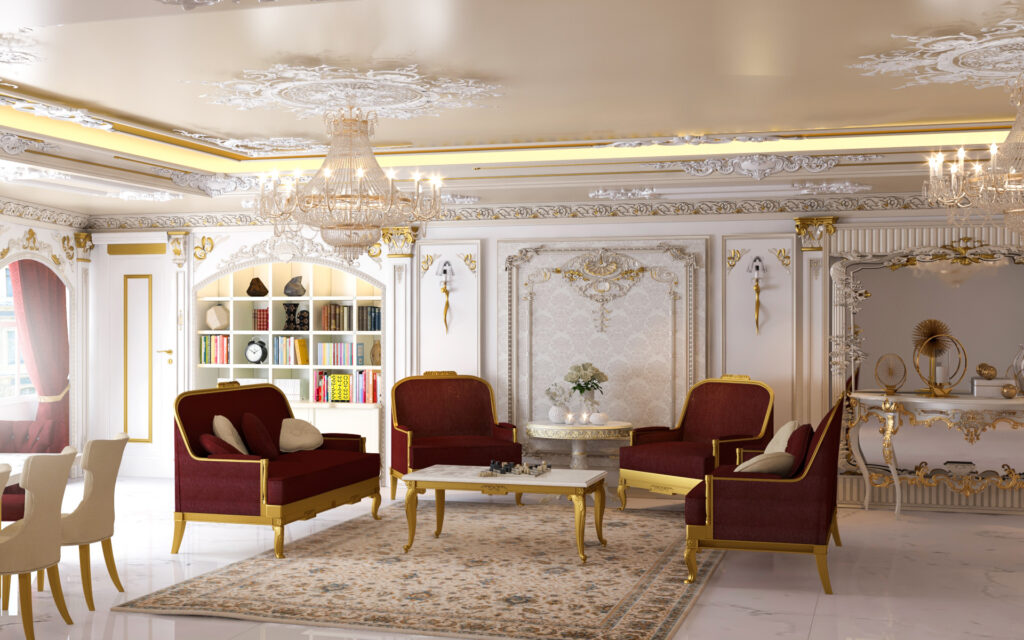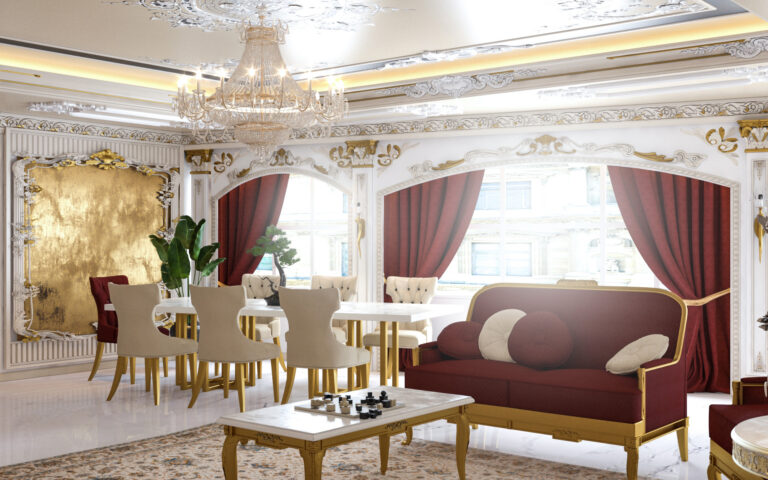
3D Design: Residential Project 20
3D design of residential projects has become an essential tool in the architectural and interior design process. This method allows architects and designers to present residential projects with greater accuracy and realism, considering both the aesthetics and functionality of the spaces. 3D design enables clients to have an accurate preview of the project before construction or renovation begins.
Importance of 3D Design in Residential Projects
1. Precise Visualization:
3D design allows for detailed views of both the interior and exterior spaces of the residence, including layout, color combinations, material selections, and even lighting effects.
2. Preview of Changes and Modifications:
In 3D design, changes can be applied easily and quickly. You can instantly see how modifications in layout or material selection affect the overall space.
3. Improved Client Communication:
3D models serve as powerful tools for communication with clients. These models clearly show how the design will look, helping clients make better decisions and ensuring that the design aligns with their expectations.
4. Simulation of Lighting and Materials:
In 3D design, both natural and artificial lighting, as well as various textures and materials, can be accurately simulated. This helps predict the final outcome in terms of aesthetics and functionality.
Importance of 3D Design in Residential Projects
1. Precise Visualization:
3D design allows for detailed views of both the interior and exterior spaces of the residence, including layout, color combinations, material selections, and even lighting effects.
2. Preview of Changes and Modifications:
In 3D design, changes can be applied easily and quickly. You can instantly see how modifications in layout or material selection affect the overall space.
3. Improved Client Communication:
3D models serve as powerful tools for communication with clients. These models clearly show how the design will look, helping clients make better decisions and ensuring that the design aligns with their expectations.
4. Simulation of Lighting and Materials:
In 3D design, both natural and artificial lighting, as well as various textures and materials, can be accurately simulated. This helps predict the final outcome in terms of aesthetics and functionality.
Steps in Designing a 3D Residential Project
1. Needs Analysis and Client Requirements:
The first step in the 3D design of a residential project is to fully understand the client’s needs and preferences. This includes the type and amount of spaces required, desired design style, and any specific features such as sustainable materials or mixing of different styles.
2. Creating the Initial Model:
After the analysis, an initial 3D model is created. This model typically includes space divisions, overall building shape, initial room layout, and external facades. The focus at this stage is on the general structure of the project.
3. Adding Details:
Once the initial model is approved, finer details such as furniture, materials, colors, and decorative elements are added. At this stage, the design of interior spaces like bedrooms, living rooms, kitchens, and bathrooms is also developed.
4. Lighting Design and Environmental Simulation:
This step involves incorporating both natural and artificial lighting into the 3D design. Architects can accurately simulate how light will interact with the space throughout the day. Interior lighting is also adjusted to create the right atmosphere for each room.
5. Rendering and Presentation:
After all details are incorporated, the 3D model is rendered. Rendering produces realistic images of the design, which can be presented as 2D or 3D visuals. This allows clients to see a clear representation of the project and make any final adjustments before moving forward.
6. Review and Final Adjustments:
After receiving client feedback, the design is adjusted according to their comments. Changes may include color revisions, furniture re-arrangements, or material modifications. Once the final design is approved, it is prepared for construction or interior styling.
Software Used in 3D Residential Project Design
1. AutoCAD & Revit: For precise floor plans and 3D modeling.
2. SketchUp: For quick design and creation of initial 3D models.
3. 3ds Max & V-Ray: For high-quality rendering and visualizations.
4. Lumion: For real-time rendering and environmental simulations.
Conclusion
3D design of residential projects not only helps architects and clients create more accurate and efficient designs, but it also improves decision-making processes, reduces errors, and saves costs. Overall, this method makes the design process more transparent and efficient, allowing clients to predict the final outcome with greater accuracy.


No comments yet.